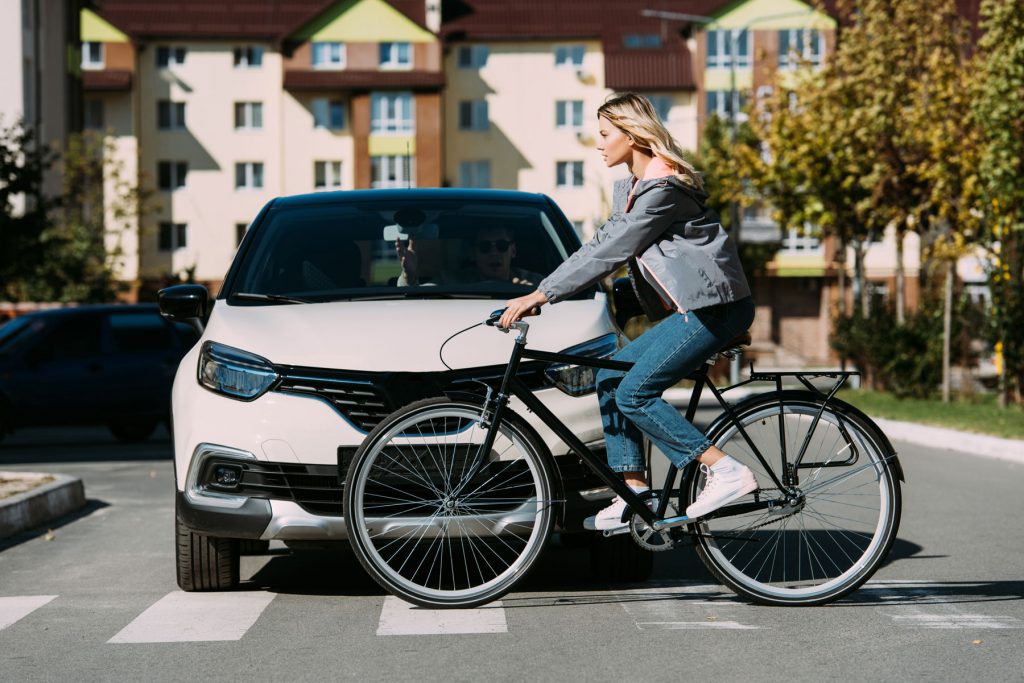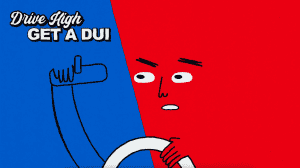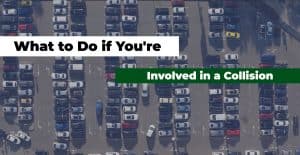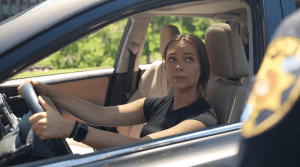As the weather warms up and the focus on eco-friendly habits ensues, drivers can expect to see a healthy amount of bicycles out on the roads this season.
The presence of bikes can be a bit jarring for new drivers and those who are not used to sharing the road with cyclists, and it’s easy to see why. After all, people on bikes can be hard to see, and they aren’t as protected from external forces as drivers who are in vehicles with abundant safety features.
That being said, cyclists are legally allowed to ride in the streets and join the flow of traffic. Because of this, it’s important that all drivers learn how to safely drive in harmony with those who choose to steer with their handlebars instead of their steering wheels.
By keeping a few basic pointers in mind, sharing the road with cyclists doesn’t have to be so daunting.
Stay Out of Bike Lanes
Bike lanes are designed to give both drivers and cyclists their own areas with the goal of making the roads safer for both parties as well as preventing any conflict between the two groups.
Ideally, both drivers and cyclists would be happy to respect the arrangement, but drivers often misuse bike lanes, such as by parking in a bike lane (even momentarily) or driving in it to pass another driver.
What is even more important is that drivers check bike lanes before making right hand turns. Cyclists hit by right-turning vehicles call these “right hooks.” This is why all drivers must check their side mirrors and passenger windows to see if a cyclist is next to them in the bike lane before crossing it. If one is there, the driver must allow the cyclist to proceed straight before making a right-hand turn.
Make Sure You Understand Basic Hand Signals
Bicyclists share many of the same rights and responsibilities as drivers do, including using proper signals before turning or stopping. Unless they need both hands to safely control their bikes, cyclists should signal for at least 100 feet before turning and continue to signal while waiting to turn.
You don’t often see drivers using hand signals to communicate, so if your memory is fuzzy, it’s important to brush up on the few major signs cyclists will use:
- A left hand extended outward means the cyclist is turning left.
- A left hand pointed down at a 90 degree angle means the cyclist will be coming to a stop.
- A right hand extended outward or left hand raised upward at a 90 degree angle means the cyclist will be turning right.
Watch for Bicyclists at Night
Cyclists are required to use lights at night so that they can be seen by other road users. While most are good at following this law, there are times when they forget their lights, are out later than expected, or their batteries die. Hopefully cyclists are still wearing reflective gear in the event they don’t have lights, but in areas you know to be regularly used by cyclists, be extra vigilant in looking out for them during the dark hours.
Minimize Distractions and Follow All Traffic Laws
Avoiding distractions while driving is one of the best ways motorists can help keep all parties safe on the road, including bike riders who are often difficult to notice in traffic. Common distractions, such as cell phone use or loud music, can cause you to miss important changes in your surroundings as well as neglect healthy driving habits.
Cyclists are smaller than vehicles, which means they can easily be hidden out of view in your blind spots. Always look over your shoulder before making a lane change, and follow all traffic laws. It should go without saying, but stopping fully at stop signs and red lights, using your signals with enough notice, and looking both ways before turning at an intersection will help cyclists continue to safely ride with the flow of traffic.
Don’t Assume a Bicyclist Can Hear Your Car
Always be careful when approaching or passing a bicyclist, as there is no guarantee he/she will hear your car and know that you’re there. Bike riders may wear headphones, and external forces like wind can also impair their ability to hear their surroundings. When approaching a cyclist, make eye contact as much as possible or use your hands to wave or motion to ensure there is communication between you.
Be patient if a bike rider is in your way or riding slowly, and avoid honking your horn just to get a him/her to notice you. The sudden noise could be startling and cause the bicyclist to swerve. Similarly, it’s also important to resist tailgating a bike rider, which is dangerous in the event that he/she makes a sudden stop.
Remember, allowing plenty of space and approaching a cyclist with caution is the best way to keep both of you safe.
Allow at Least Three Feet of Space Between You and a Bicyclist When Passing
Speaking of space, it’s Colorado law to leave at least three feet of space between the widest part of your vehicle and the widest part of the cyclist when you go to pass a bike.
While drivers have always known crossing a double solid yellow line is a big no-no, there is an exception when it comes to passing bicycles. Motorists can cross a center line when passing a
bicyclist if the oncoming lane is clear and they don’t interfere with any other traffic. This is important to remember, as three feet of space is the minimum required distance to give bicyclists when passing. However, extending that three feet may place you into the oncoming traffic lane on narrow roads. This means that if you approach a cyclist from behind and there is oncoming traffic, you must slow down behind the cyclist and wait to pass. You must give a bike rider three feet no matter what. DO NOT attempt to shoot the gap between the cyclist and an oncoming vehicle.
It’s also important to keep in mind that cyclists can actually travel at fairly high speeds. Because a bike rider can catch up to a vehicle more quickly than most drivers realize, don’t assume that you can safely speed up and pass a bike that’s coming from behind. Instead, be cautious, slow down, and only pass when there is adequate clearance to do so.
Just because it’s a human on a bike doesn’t mean he/she is going slower than you or is going under the speed limit. Motorists tend to think that they just absolutely have to pass a cyclist no matter what. This is not safe, as a cyclist easily maintains the speed limit coming down a steep grade and should not be overtaken by a car.
Additionally, more and more cyclists are riding eBikes, which can reach max speeds of 20-27 MPH. They may look like average cyclists, but many may be going much faster than you think.
Open Your Car Door Cautiously
When parked, it’s important for motorists to make sure it is clear and safe to open their car doors before getting out of their vehicles. If you were to suddenly open a car door and a bike were speeding by, the door could hit the cyclist or the cyclist would be forced to swerve in order to avoid running into the door.
Cyclists call this getting “doored,” and it’s a valid concern in the biking community. By taking a few seconds of your time to make sure the coast is clear, you can easily prevent an unfortunate mishap.
Learn Comprehensive Driving Skills with Our Trusted Colorado Driving School
Learning to safely operate a vehicle alongside other drivers is a rewarding challenge in itself, but when you factor in the presence of bicyclists on the streets, the responsibility of safe driving expands even further.
If you or your teen are looking for a Colorado drivers ed provider who can help you expertly prepare for the many variables motorists face on the road, we can help.
DriveSafe has been helping students form safe driving habits for over three decades. Our comprehensive, state-approved curriculum paired with our engaging, proven approach to drivers ed has allowed DriveSafe to become Colorado’s largest and most trusted driving school.
Get in touch today to see which of our services is right for you!
Additional Resources About Sharing the Road with Cyclists:
Video Tutorial on How Drivers and Cyclists Can Ride Together Safely
Auto-Friendly Bicycle/ Bicycle-Friendly Driving Classes










